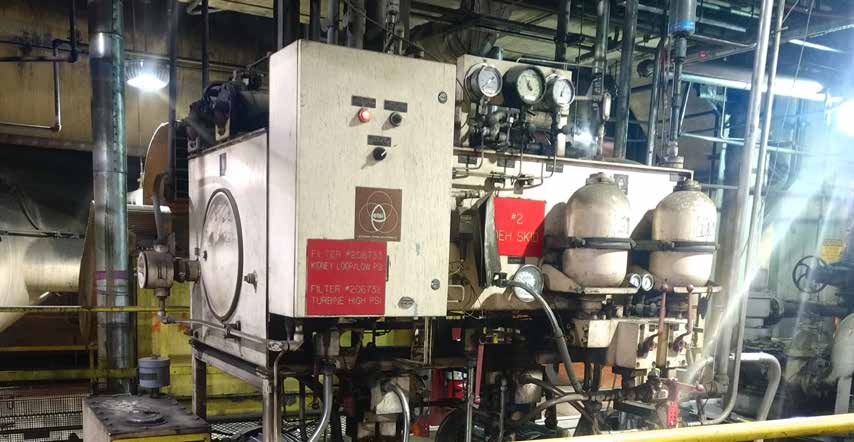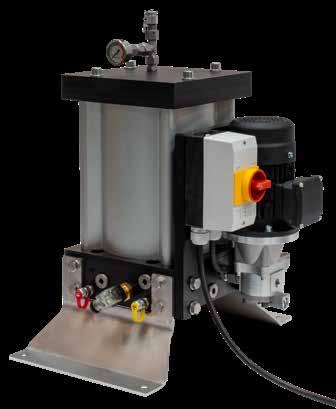Testimonials

Keystone Power Station solved varnish-related filter plugging issues using LE's Varnish Removal System, dramatically extending filter life and reducing insoluble content.
key takeaways

Challenge
The power station’s hydraulic control system experienced premature plugging of OEM particulate filters due to varnish-type material, necessitating daily filter replacements and risking costly downtime.
LE solution
LE’s Varnish Removal System was installed to capture varnish effectively and economically. The VRS removes oxidation byproducts, prevents varnish formation during cooldown, and works with most hydraulic fluids.
Results
OEM filter replacement intervals extended from daily to up to six weeks. The VRS filter has been in service for 14+ months with 50% capacity remaining. Insoluble content and filter plugging have been dramatically reduced.
Since installing the VRS, we haven't seen anywhere near the previous levels of insoluble content. While the system's historic MPC values did not seem concerning, it appears the VRS is removing a buildup of insoluble material in the oil, as shown by the reduced pentane and toluene numbers.
- Patrick Loe, Technical Services Engineer

Customer Profile
The Keystone Power Station in Shelocta, Pa., is a coal-fired 1,700 MW power station providing power to the PJM regional transmission organization, serving the northeast United States. An LE customer since 1980, it has been in operation since 1967.
Application
The #2 DEH System Turbine Hydraulic Control System is a critical piece of equipment at the power station, and minimizing downtime is extremely important.
Challenge
Using a specialty fire-resistant hydraulic fluid, the company was experiencing premature plugging of the OEM particulate filter on the system, which necessitated replacement as often as daily. Testing and inspection of the oil and the plugged filters indicated that a varnish-type material was the culprit.
LE Solution
John Hayes, LE lubrication consultant, recommended LE’s new VRS as a last-chance option to capture varnish effectively and economically. The most complete varnish removal and prevention system on the market, the VRS removes oxidation byproducts and prevents varnish formation during cooldown. It does not interfere with the main system and is suited for most hydraulic and lubricating fluids.
Results
In June 2020, the power station started using the VRS. Since then, OEM filter replacement intervals have been dramatically extended to up to six weeks. The current VRS filter element has been in service for more than 14 months and still has 50% capacity, indicating remarkable holding volume. Insoluble content and plugging have been dramatically reduced.
“Since installing the VRS, we haven’t seen anywhere near the previous levels of insoluble content,” said Patrick Loe, technical services engineer at Lubrication Engineers. “While the system’s historic MPC values did not seem concerning, it appears the VRS is removing a buildup of insoluble material in the oil, as shown by the reduced pentane and toluene numbers.”
The Varnish Removal System (VRS) combines highly efficient varnish removal and oil quality monitoring in one modular system. The filter unit acts as a kidney loop, continuously circulating fluid through the filter media. In addition, an Oil Quality Sensor can be used to monitor oil degradation. The VRS can be configured for applications with fluid volumes up to 36,000 liters (9,500 gallons). The long fiber cellulose cartridges are specially designed for the removal of varnish byproducts that are dissolved in the fluid. Unlike other technologies, the cartridges do not add water to the fluid; instead, they remove water and other solid contaminants.


